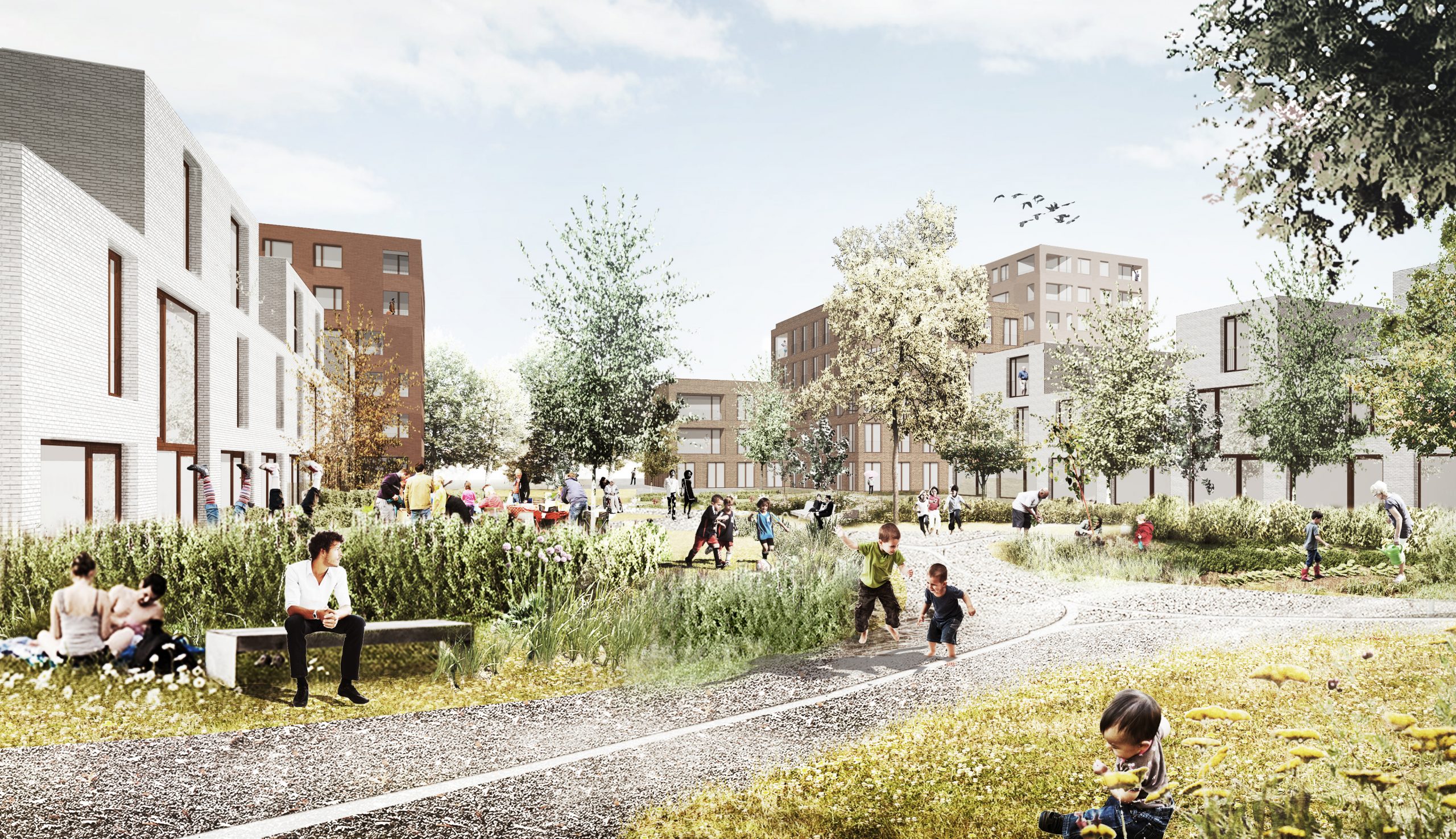Social inclusion
The notion of social inclusion is transversal to the different disciplines of city development. Good urban planning practice implicitly addresses social inclusion as one of the fundamental objectives. When we talk about multimodal accessibility, sustainability, functional diversity, healthy cities … we are talking about social inclusion. However, there are certain cases in which social inclusion must be explicitly highlighted, not only as an objective to be achieved, but also as a structural tool in the process of conception and implementation of a sustainable urban project.
Demographic growth and lack of accessibility are major factors that lead to exclusion and social inequalities. In most cities, income inequality and levels of socioeconomic segregation are rising. As a consequence, communities tend to be displaced to remote urban areas, disarticulating the social infrastructure that supports the most vulnerable groups.
To avoid further urban expansion that leads to new forms of social segregation, strategic operations of optimization of urban land must be encouraged. In that sense, density, proximity, diversity and environmental integration emerge as conditions that contribute to social inclusion. Every urban operation should be oriented to allow equal access to opportunities and in this way avoid the increase of social differences.
“Affluent is the person, family or social group with consistent and visible spatial capital, for instance, those living and working in the urban spaces with most services and highest quality (…). At the same time poor is not only low income or assets person, family or social group, but poor are also those who cannot, even potentially, access fundamental goods and services that are necessary for their own survival.” – Bernardo Secchi (2010)
Beyond the typical participation process
BUUR is aware that the impact of urban operations on often fragile social tissues, requires a careful process that is coherent with the organic development of society. To do so, we move beyond the typical participation processes.
We believe that when the right moment, right people and right method is applied, inclusive multi-actor involvement processes are powerful tools within the operationalization strategies if they are strategically orchestrated.
To conceive a project that is coherent and continuous with its context (social and spatial), we work on an intermediate scale that facilitate the dialogue within a wider range of actors.
This is the scale of proximity, social interaction, identity, appropriation of spaces; the scale of the construction of social, economic and cultural dynamics that support the spontaneity of everyday life.
Considering that each place is unique, with its own specific geographical, historical, social features and identity, we should not come up with generic methods, every strategy must be consequent with the specificity of the territory.
The notion of ‘intermediate scale’ highlights the importance of transition management as a fluent and complementary effort that ‘create the conditions’ for a continuous critical research: identify actors, understand local dynamics, facilitate processes, test solutions, explore ways of citizen appropriation and adapt methods according to the realities of the place. In this sense, urban design plays a fundamental role, supporting the qualities of a place that allows an effective connection between spaces and people, promoting active citizenship.










